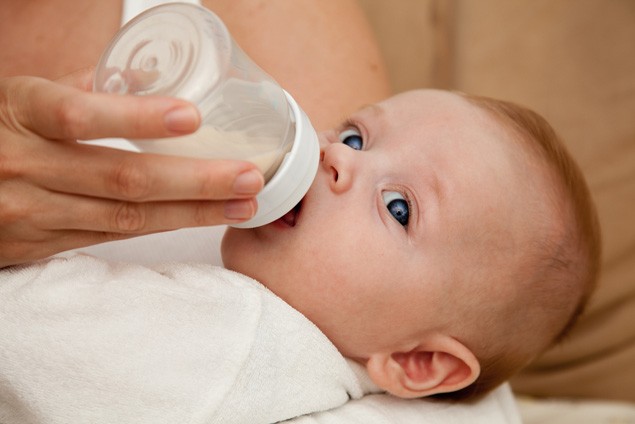How to Bottle-Feed a Baby: A Comprehensive Guide
Bottle-feeding is an essential part of infant care for many parents, whether it’s the primary feeding method or a supplement to breastfeeding. This comprehensive guide offers step-by-step instructions and helpful tips on how to bottle-feed your baby with care and comfort in mind. With a focus on safety and bonding, let’s dive into the world of bottle-feeding.
Transitioning to bottle-feeding can be a smooth process if you’re well-prepared and knowledgeable about the best practices. Regardless of why you choose to bottle-feed, understanding the correct techniques will ensure your baby gets the nutrition they need while fostering a nurturing bond between parent and child.
Choosing the Right Bottle and Formula
Step 1: Selecting a Bottle
When choosing a bottle, consider factors like nipple shape, size, and material. Look for bottles that mimic the natural feel of a mother’s breast, which can help prevent nipple confusion. BPA-free plastic or glass bottles are popular choices due to their durability and safety.
Step 2: Picking the Appropriate Formula
Consult with your pediatrician to determine the most suitable formula for your baby. Factors such as age, health, and potential allergies should be taken into account. Choose a formula that meets your baby’s nutritional needs and is easy to digest.
Preparing the Bottle Feed
Step 3: Sterilizing Bottles and Nipples
Before each use, sterilize all bottle parts by boiling them for 5 minutes or using a specialized sterilizer. This crucial step eradicates bacteria, ensuring your baby’s environment is hygienic.
Step 4: Measuring Formula Accurately
Follow the manufacturer’s instructions for mixing the formula accurately. Measure out the right amount of water and powder to maintain the ideal nutrient balance.
Step 5: Mixing and Warming the Formula
Combine the water and formula powder gently, shaking until fully dissolved. Avoid making the mixture too hot; test the temperature on the inside of your wrist before feeding. It should feel warm but not hot.
The Art of Bottle-Feeding
Step 6: Positioning Your Baby
Sit comfortably in a supportive chair with good back support. Hold your baby in an upright position, supporting their head and neck with one hand, and the bottle at a slight angle with the other. This allows the milk to flow without reaching the baby’s ears.
Step 7: Initiating the Feed
Encourage your baby to latch onto the bottle nipple by gently guiding it towards their mouth. Let them control the pace of feeding, sucking as much as they want. Don’t force the bottle into their mouth or prop it up; always hold it yourself.
Step 8: Burping Your Baby
During and after feeds, pause to burp your baby to release any swallowed air. Place your baby against your shoulder and pat their back gently or sit them upright on your lap and rub their back until they burp.
Monitoring Intake and Hunger Cues
Pay close attention to your baby’s hunger cues, like rooting or lip-smacking, and stop feeding when they show signs of fullness, such as turning away from the bottle or falling asleep. Ensure your baby consumes enough to grow healthy but avoid overfeeding.
Post-Feeding Care and Safety
Cleaning and Storing Equipment
After each feed, promptly clean and rinse the bottle, nipple, and ring, then air-dry or place in a dish rack. Store unused formula according to package directions and keep prepared bottles refrigerated if not used immediately.
Handling Common Challenges
If your baby experiences gas, colic, or refuses the bottle, try adjusting feeding positions, experimenting with different bottle types, or talking to your pediatrician about potential solutions.
Conclusion
Bottle-feeding a baby is an intimate and practical skill that requires patience, attentiveness, and love. By following these steps and heeding your baby’s unique needs, you’ll create a positive feeding experience that fosters growth and strengthens the bond between you and your little one. Remember, every baby is different, so stay flexible and adapt your approach as necessary.
Throughout this journey, always consult your healthcare provider for personalized advice and guidance. Happy bottle-feeding!
